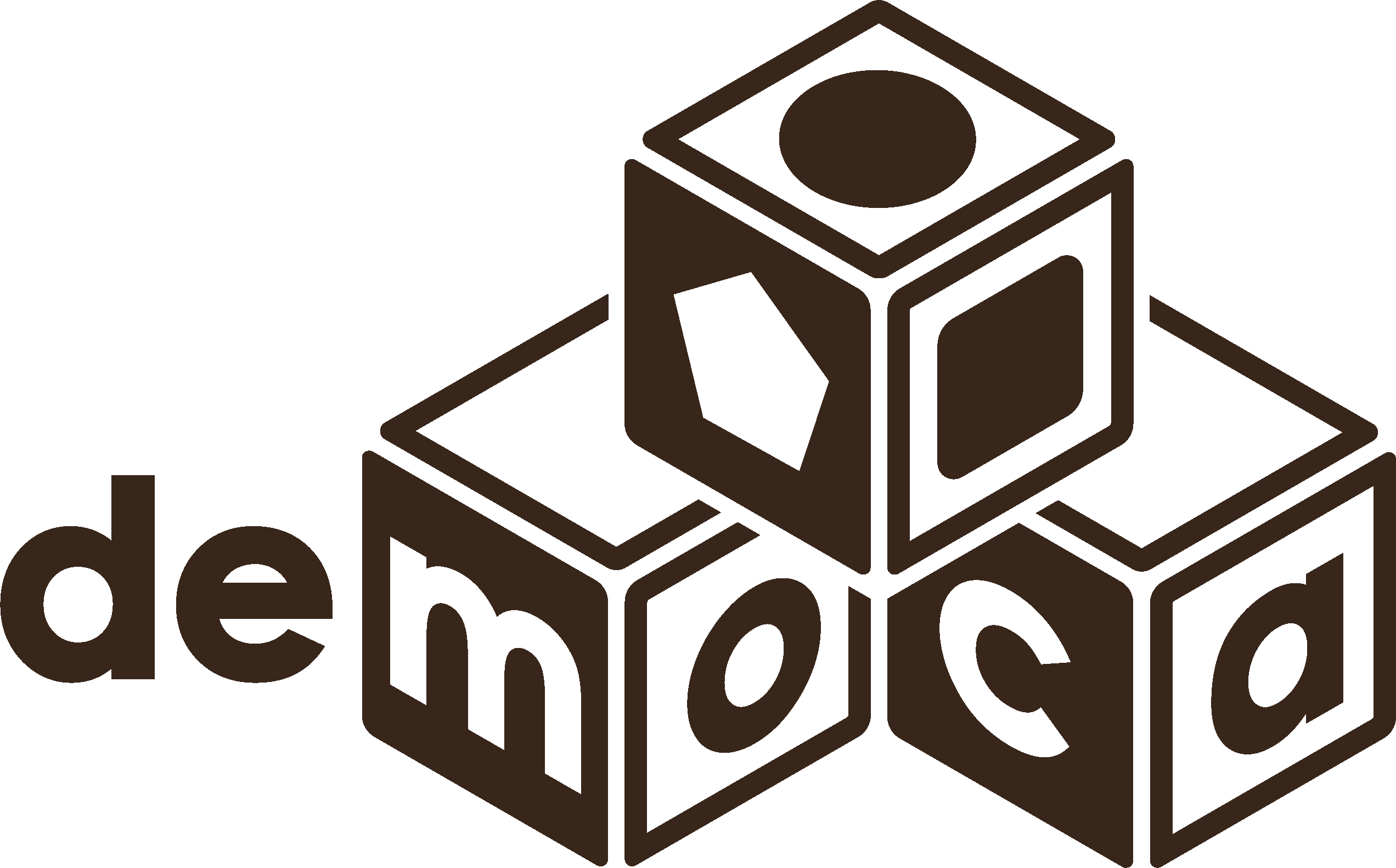
4 Practical Ways To Make The Learning Process More Enjoyable - How to cultivate curiosity?
Jan 20 , 2022
Based on the Montessori approach, here are some crucial advice pieces for parents who want to prepare their toddler’s space at home for enjoyable learning!
In Montessori, children learn by doing, touching, and feeling rather than sitting at a desk while listening to a teacher. Children are encouraged to work on what they like and make their own discoveries, using their hands to understand fully the materials they are using. The love for learning is encouraged by their own curiosity about the world around them and the people in it. This is a lifelong enjoyable process, rather than just “math class".
How much will they enjoy learning, and how much will they learn? These are the two trick questions all parents have in mind.
If you are looking to incorporate Montessori into your home, here are four essential things you need to consider to make learning enjoyable and to get the stimulation and learning experiences your toddler needs at home. These will help you make it work and deal with the challenges that will arise along the way.
1. The hands-on independent learning!
With young toddlers, actions speak louder than words.
Why go with this type of approach for learning?
Because much more neural connections are made when kids explore and touch with their hands what they have been shown. The learning process is enriched when they can use their hands, and also, it’s more appealing and valuable to discover by themselves than simply to be told what to learn. In Montessori, child-led activities are preferred because it’s said that when children choose what to focus on, they learn better and quicker—deciding on what to focus on and what to learn gives children a sense of independence and confidence in their abilities, helping them to think independently.
So, let your child choose their activity, work at their own pace, use hands-on materials, move around freely.
2. Talk WITH your child, and not AT your child!
This is a game-changer approach in every toddler’s education and learning process. The respect given to children is essential in making learning more enjoyable. In the process of learning, focus on the toddler as a whole, so the social, emotional, physical, and intellectual development are given all the same attention. It is proven that toddlers can concentrate for long periods only on those activities that capture their interest. That’s why we see toddlers zipping or unzipping for minutes, working on tying shoelaces, spinning the wheel, or pressing the switch over and over again on our Busy Wooden Board.
Your role as a parent in the learning process is to simply guide when your toddler is having a hard time and introduce new materials/toys based on the careful observation of the child.
This enjoyable way to learn helps the toddler develop essential skills for long-term success in life such as concentration, creativity, decision-making, independence, problem-solving, responsibility, and self-discipline.
3. The famous and beautiful Montessori environment for learning
To make the process of learning more enjoyable, the environment has to be aligned with the child’s needs. A room full of natural light, with enough space and accessible materials, is fundamental for his learning process. This environment helps the child focus, learn and develop at their own pace. At home, the materials (even toys) we provide to our children are an opportunity to work on their concentration and coordination alongside traditional academic learning.
If a toddler wishes to use the busy board, he will have to find a large enough place on the floor, then bring the board, and work on it, being free to repeat each activity on the busy board as many times as he wants. He can choose to work on their own or with others. Once it’s done, he will put back the board. This self-chosen activity involves picking the material, setting up a place to work on it, and putting it away. It’s crucial in developing the toddler’s concentration.
4. The materials
We often tend not to see the Montessori “materials” we all have in our own homes. Your toddler can do everything from practical life with minimal or no help at all. This is one of the most enjoyable learning processes for them. From pouring different things to using scissors, kitchen utensils, cleaning, washing dishes, preparing meals/snacks, dressing oneself (buttoning, using zippers, shoelaces, Velcro, and more), gardening, or laying the table. While these practical life activities develop independence, they help with fine and gross motor skills and hand-eye coordination and settle the rules for functioning in certain environments (home, classroom, etc.)
The materials are kept on shelves and freely available to children, organized in topics (language, math, sensory, creative). Also, at home, you can use real materials that produce real results, such as brooms that sweep and glass water from which they can drink water. Also, you can choose materials/toys that will help develop their skills, as a busy board with Velcro, labyrinth, switch, gear, door latch, zip, wheel, and more, that they can work on alone for an extended period.
With these four practical ways to make learning more enjoyable, you are giving your toddler the keys to life, helping him understand the world, and choosing his place in it.
